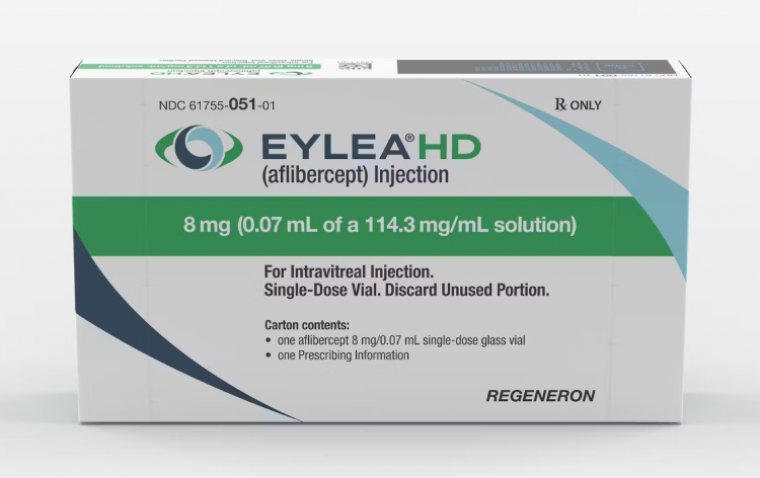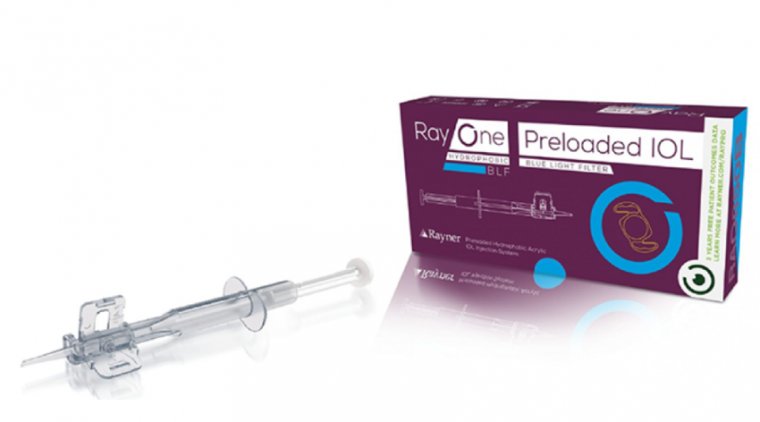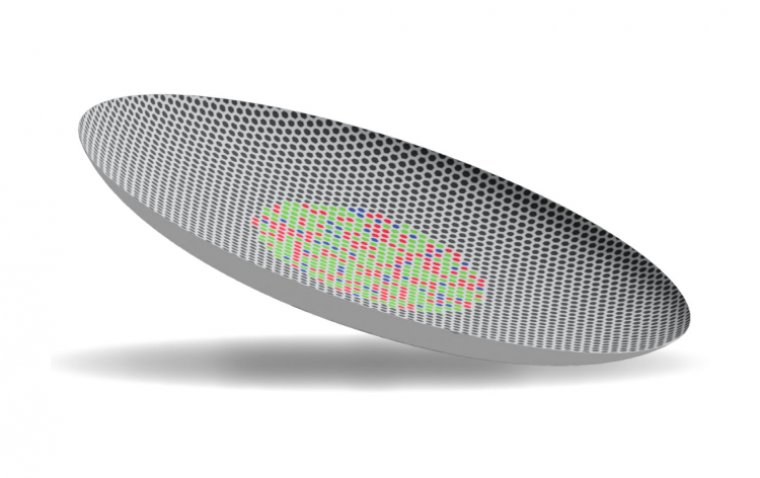
Study Finds Amsler Grid Test Ineffective for Diagnosing Neovascular AMD
According to a recent systematic review and meta-analysis published online on Feb. 16 in JAMA Ophthalmology, the Amsler grid has a 67 percent sensitivity for detecting neovascular age-related macular degeneration (AMD) when compared with healthy controls.
In a systematic literature review conducted by Dr. Jakob Bjerager and colleagues from Rigshospitalet in Glostrup, Denmark, data from 10 studies involving 1,890 eyes were analyzed to evaluate the diagnostic test accuracy of the Amsler grid for diagnosing neovascular AMD.
The researchers discovered that the sensitivity and specificity for diagnosing neovascular AMD were 67% and 99%, respectively, when compared to healthy control participants, and 71% and 63%, respectively, when compared to patients with non-neovascular AMD. Additionally, the studies showed low potential sources of bias.
"Although the Amsler grid is easy and inexpensive to use for detection of metamorphopsia, its sensitivity may be at levels typically not recommended for monitoring. Coupling this lower sensitivity with only moderate specificity to identify neovascular AMD in a population at risk, these findings suggest that such patients typically should be encouraged to undergo ophthalmic examination regularly, regardless of any results of Amsler grid self-assessment", the authors concluded.
The Amsler Grid Test in Theory
The Amsler grid test was developed by the Swiss ophthalmologist Marc Amsler in the 1940s. The Amsler grid test is a simple and quick screening tool that is used to detect early signs of vision problems related to the retina, such as macular degeneration, a leading cause of vision loss in people over the age of 50.
The test consists of a grid of intersecting lines with a dot in the center that is viewed by the patient with one eye at a time. The patient is instructed to focus on the dot and note any distortions or changes in the appearance of the grid's lines, such as wavy or missing lines, dark spots or blurry areas. These changes may indicate retinal damage or disease and should be reported to an eye doctor for further evaluation.
Reference:
Jakob Bjerager et al, Diagnostic Accuracy of the Amsler Grid Test for Detecting Neovascular Age-Related Macular Degeneration, JAMA Ophthalmology (2023). DOI: 10.1001/jamaophthalmol.2022.6396
(1).jpg)










